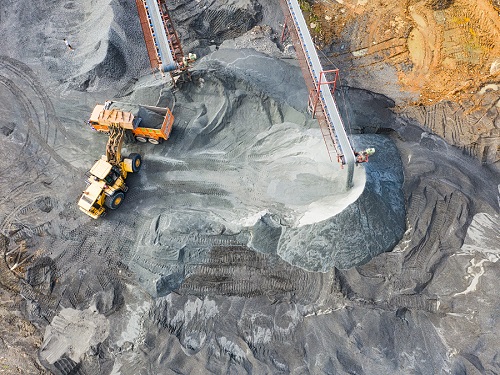
With our devices using lithium-ion batteries and with Electronic Vehicles (EVs) currently dependent on lithium for their rechargeable batteries we look at the environmental impact of lithium mining, and what the possible alternatives could be.
Lithium
Lithium is a naturally occurring element found ionic minerals like petalite, lepidolite, and spodumene, and is a soft, silvery-white alkali metal sometimes referred to as “white gold”.
Where?
Most lithium is mined (98 per cent of production) in Australia (the biggest producer), South America (the ‘Lithium Triangle’ in Chile, Argentina, and Bolivia), and China. The biggest individual mines are in Sonora, Mexico, and Nevada in the US.
How Is It Mined?
Lithium is mined using traditional rock mining techniques or from underground reservoirs using evaporation and chemical treatments.
How Much?
Lithium production more than doubled between 2016 and 2020, a jump from 40,000 tonnes to 86,300 tonnes. In 20220, for example, Australia, the world’s biggest producer’s output was 40,000 tonnes (46.3 per cent of the world’s total).
What Is It Used For?
The main use of lithium, which has driven the huge increase in production, is in rechargeable batteries for devices, mobile phones, computers, power tools, and in electric vehicle batteries. For example, an electric vehicle battery contains around 0.16kg of Lithium metal and it has been reported (Adamas Intelligence) that in 2020, Tesla deployed 18,700 tonnes of Lithium carbonate equivalent (“LCE”) onto roads globally in its new passenger EVs.
The Impact and Effects of Mining Lithium
Even though electronic vehicles are supposed to be a greener, more environmentally friendly alternative to petrol and diesel vehicles, there appears to be a significant environmental and human price to pay in the mining of the lithium for the batteries. For example:
– Using a huge amount of water used in processing lithium ore e.g., 8 million litres (500,000 gallons) to produce just one ton of lithium. This can have a serious impact in already dry areas where lithium mining takes place e.g., Chile’s Salar de Atacama, which use 65 per cent of the region’s water. This has consequences for the environment and people around.
– Removing brine from below the ground lowers the water table, thereby threatening drinking and irrigation water supplies.
– The chemical treatments used can leak into irrigation and drinking water supplies (as happened in Tibet and China). For example, in 2016 a toxic chemical leaked from the Ganzizhou Rongda Lithium mine was believed to be the cause of dead fish being found in the Liqi River, as well as cow and yak carcasses being found floating downstream after the animals drank from contaminated water.
– Lithium extraction can harm soil and causes air contamination and threaten wildlife, including rare species.
– Scarring of and damage to the landscape from mining activities, and damage to the surrounding areas from lorries.
Alternatives?
So, if lithium mining in its current form is so bad for the environment, what alternatives are there? Some possible alternatives could be:
– Reduce the demand for new mining activity by recycling e-waste for existing above-ground, already processed lithium. For example, Greenpeace estimated that 12.85 million tons of EV lithium-ion batteries will go offline worldwide between 2021 and 2030, although more than 10 million tons of lithium, cobalt, nickel and manganese will continue to be mined for new batteries.
– Use greener lithium-mining processes. For example, using renewable geothermal energy to power the lithium extraction, or directly extracting from fluids in small processing plants (as in Cornwall).
– A switch to graphene-based lithium-ion batteries which would require less lithium and may reduce the fire risk. This type of battery doesn’t use exotic materials and can be relatively easily manufactured on existing equipment in various form factors (cylindrical, pouch, etc.) and could represent a greener alternative.
What Does This Mean For Your Organisation?
Although EVs are a greener alternative to petrol cars when on the roads, the manufacture of their rechargeable batteries requires lithium, the mining of which causes huge damage to the environment. With the target of a complete switch to EVs and no real large-scale alternative yet to current lithium mining methods, the demand and mining operations for lithium are, therefore, set to dramatically increase, as will the environmental cost. Also, there is a constantly growing mountain of phones and other devices requiring lithium for their batteries that continues to fuel damaging mining activities and also adds to a growing pile of e-waste. It would appear to make sense to dramatically scale-up e-waste recycling to access existing lithium and other precious metals, thereby reducing some of the environmental impacts of new mining and processing. It is also worth exploring and expanding greener lithium extraction processes e.g., Cornish Lithium’s fluid extraction and the use of geothermal energy and expanding the graphene-based lithium-ion battery idea. New processes and alternatives may also provide new businesses opportunities as well as being better for the environment.




